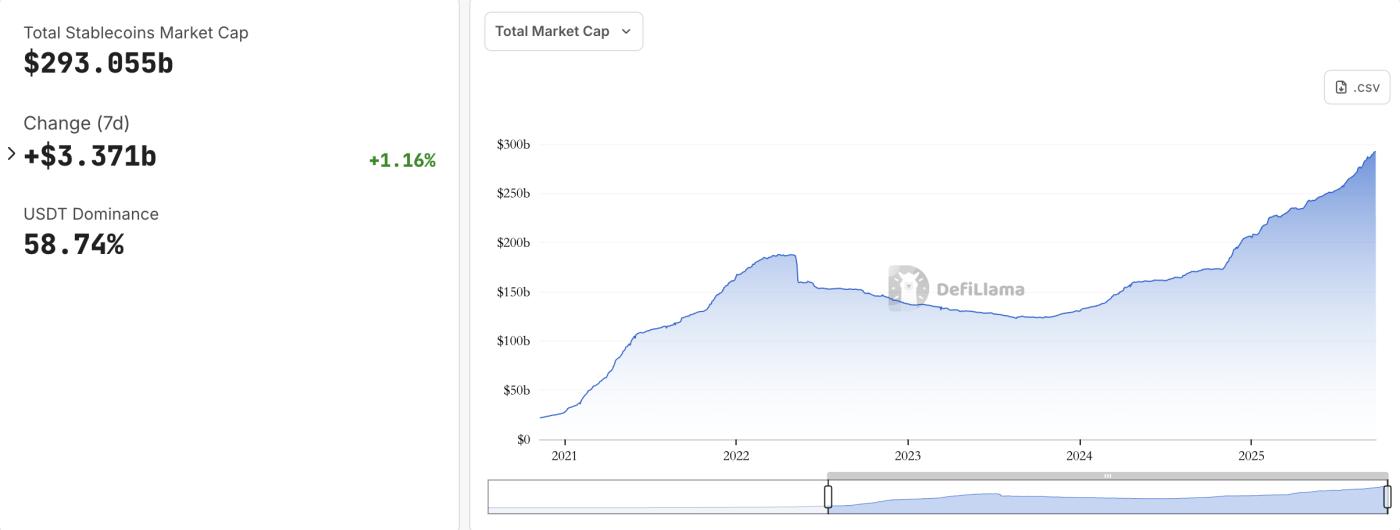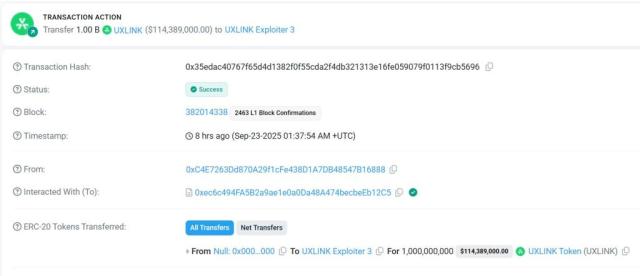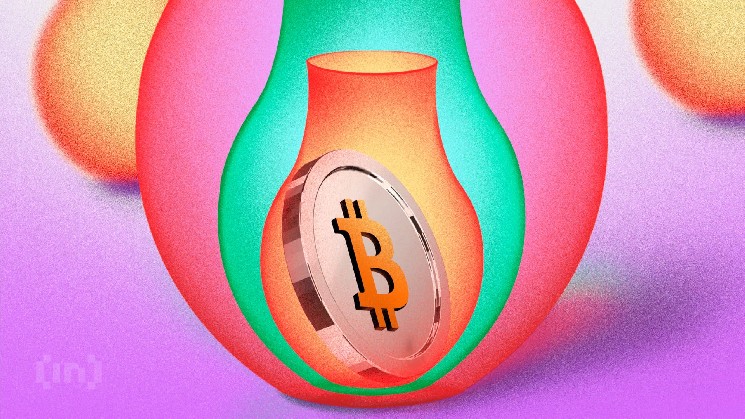Stablecoins grow to $290B in 2025, led by USDT, USDC, USDe, DAI, and USDS, dominating nearly 80% of the market.
USDT remains dominant but controversial, USDC thrives on regulation, USDe bets on yield, while DAI and USDS push decentralized ideals.
Stablecoins bridge crypto and traditional finance, offering speed, stability, and global adoption, yet face risks from regulation, transparency, and systemic shocks.

In recent days, the crypto market fell into chaos again. Bitcoin’s price dropped 8% like a runaway horse, while Ethereum’s network became so congested that transaction fees rose to astronomical levels. Retail investors cried out on social media, recalling the black swan moments of 2018 and 2022.
In that moment, a calm force emerged: stablecoins. They are not the shining stars of crypto, but the hidden pillars of the market. Like steady cargo ships, they carry tens of billions of dollars safely through storms. That night, Tether’s USDT supply surged by 20%, becoming a safe harbor for panicked traders. Stablecoins are no longer supporting actors; they are now the main stage, the bridge between traditional finance and the wild world of crypto.
Ten years ago, the idea of a stablecoin was just a bold experiment. In 2014, Rune Christensen, the founder of MakerDAO, wrote the first line of code in a small apartment in Copenhagen. He dreamed of creating a dollar-backed currency without banks. It was not only a technical innovation but also a philosophical statement: in a world where centralized finance might collapse, ordinary people could still control their own money.

Ten years later, in 2025, the stablecoin market has grown to more than $290 billion, with a 22% growth rate. The top five—Tether’s USDT, Circle’s USDC, Ethena’s USDe, MakerDAO’s DAI, and its upgraded version Sky Dollar’s USDS—account for nearly 80% of the market. Each stablecoin has its own story: some are veterans, some are new challengers. Their mechanisms, controversies, and ambitions form a grand picture of crypto finance.
Imagine a trader in a Manhattan apartment staring at red and green numbers on the screen. He is not betting on Bitcoin’s rise or fall, but switching between USDT and USDC to lock in profits and avoid the friction of dollar exchanges. This is the magic of stablecoins: they promise a 1:1 peg to the dollar but move at the speed of light on blockchains. In 2025, with the passing of the GENIUS Act, the U.S. government finally drew clear rules for payment stablecoins. It was not only lawmaking, but also recognition—stablecoins had moved from the edge into the mainstream.
TETHER: THE UNYIELDING GIANT, SHADOWED BY CONTROVERSY
In the pantheon of stablecoins, Tether’s USDT is the undisputed king. From Ethereum to Tron, and now to Layer 2 networks, USDT is everywhere. Its story began in 2014, when Brock Pierce and Reeve Collins had the idea at a crypto meetup in Hong Kong: a dollar-backed token. They launched Tether, promising every USDT was backed by one U.S. dollar or equivalent. It sounded simple, but in crypto it was revolutionary. Finally, traders had “digital cash” to move instantly between exchanges, without banks or KYC delays.
The mechanism is centralized. Users deposit dollars to Tether and get USDT; redemption works in reverse. Reserves are now diverse: cash, U.S. Treasuries, and commercial paper. By September 2025, audits show reserves exceed issuance by 105%, with Treasuries making up 80%. This gave USDT rock-solid stability during the 2025 market crash: when Bitcoin collapsed in July, USDT supply surged by $1 billion, helping DeFi rebound.
But glory always comes with shadows. Tether has faced doubts for years. In 2017, rumors of insufficient reserves caused a trust crisis tied to Bitfinex. In 2021, the New York Attorney General fined Tether $41 million for misleading users about reserves—Tether did not admit guilt but promised more transparency. In 2025, criticism grew louder. Christine Lagarde, head of the European Central Bank, warned that Tether’s “fragmented” issuance could cause systemic risks. Another issue is money laundering: The Economist reported that USDT became the “dream currency” for criminals, with 60% of darknet trades using it.

These concerns are real. In early 2025, a Latin American drug cartel was caught laundering hundreds of millions through USDT. Tether replied by investing millions in compliance, working with Chainalysis. Critics called it only surface work. CEO Paolo Ardoino defended at Davos: “We are not a bank. We are a bridge. In a world without clear rules, we filled the gap.” His words cut both ways: on one hand, USDT adoption reached 70% globally—from remittances in Africa to arbitrage in Asia. On the other, stability depends on fragile trust.
Even so, Tether showed strong resilience. In 2025, it launched AI-powered reserve management to hedge interest rate risks. In a world where U.S. dollar dominance is questioned, USDT is not just a tool but a symbol: crypto’s wild growth, always moving forward through controversy. Traders keep using it, because in a storm, it is the one partner that will not wipe you out overnight.
USDC: THE GUARDIAN OF REGULATION, THE PROMISE OF TRANSPARENCY
If Tether is the wild cowboy, then USD Coin (USDC) is the sheriff. Circle, its issuer, was founded in 2013 by Jeremy Allaire and Sean Neville in Boston. Their vision: “an internet-native currency.” In 2018, USDC launched with Coinbase and quickly became the second-largest stablecoin.
The mechanism is strict and simple: every USDC is backed 1:1 by dollars and short-term Treasuries held by Circle. Unlike Tether, Circle focused on “cash equivalents,” with monthly audits by firms like Grant Thornton. In 2025, Circle added real-time reserve monitoring, using oracles to link supply directly to Treasury balances.
This helped USDC shine during regulatory storms. In 2023, the Silicon Valley Bank crisis caused USDC to drop briefly to $0.87, but Circle acted fast, isolating risky assets and adding liquidity, earning praise. In 2025, with the GENIUS Act, USDC was among the first to get a “payment stablecoin” license.
But transparency is not without challenges. In early 2025, Congress debated Circle’s so-called “shadow reserves,” accusing it of holding risky corporate debt. Allaire replied: “We are not speculators. We are builders.” Data proved his caution: USDC’s supply rose 78% year over year, with $1 trillion in monthly trading. In DeFi, USDC dominated lending pools, making up over 50% on Aave and Compound. It also entered traditional finance: Visa and Mastercard integrated USDC settlements, doubling cross-border payments in 2025.
The real magic is human. Picture a Filipino worker sending USDC home: the fee is less than a cent, and it arrives in seconds. This is 2025 reality, not science fiction. Still, competition grows: Tether’s low cost and Ethena’s high yields cut into USDC’s market share. Allaire knows that regulation is both shield and chain. In a fragmented global finance, USDC’s story is one of balance: transparency builds trust, and trust builds empires.
ETHENA’S USDE: THE SYNTHETIC DOLLAR GAMBLE, A DANCE OF YIELD AND RISK
In 2025, the stablecoin market needed a disruptor. Ethena’s USDe rose to the challenge, reaching $14.5 billion market cap in just two years. Founder Guy Young, once at Jane Street trading derivatives, was inspired by Terra’s collapse in 2022. His question: why not create a “reserve-free” dollar that still gives 8% annual yield?
The mechanism is complex but elegant. Users deposit ETH or BTC as collateral. Ethena opens perpetual short positions to hedge volatility. At the same time, collateral is staked on Lido or Rocket Pool for yield. This “delta-neutral” design keeps USDe pegged at $1 without traditional reserves.
The appeal is huge. In DeFi, USDe dominates yield farming on Pendle and Morpho, offering users over 10% APY. In a low-rate era, Young’s gamble won over risk-takers. But when markets turn, will USDe be the next Terra or crypto’s savior? The answer lies in the next funding rate swing.
DAI AND SKY DOLLAR: THE DECENTRALIZED PHOENIX REBORN
Decentralization is the holy grail of stablecoins, and DAI was the first true attempt. MakerDAO launched it in 2017 on Ethereum, led by Rune Christensen. DAI now has a $5.8 billion market cap. It is not issued by a company but created by smart contracts: users lock ETH and other assets as collateral to mint DAI, with 150% collateral ratio for safety.
The core is “stability fees” and “liquidation auctions.” Borrowers pay interest to keep supply, and undercollateralized positions are liquidated. By 2025, DAI’s collateral basket includes BTC and even real-world assets, with price stable at $1.0004. Christensen’s vision goes back to the 2008 crisis: after seeing banks fail, he vowed to build “people’s money.”
But rebirth always comes with fire. In 2022, the Luna collapse pulled DAI down to $0.95, forcing MakerDAO to inject liquidity. By 2025, MakerDAO evolved into Sky Protocol, launching USDS and the SKY token. USDS, with a $4.8 billion market cap, offers 4.75% savings yield and cross-chain support. Migration is gradual: MKR can be swapped for SKY at 1:24000, but after September 2025, a 1% penalty applies.
Sky is a story of evolution. In May 2025, the DAO approved upgrades adding AI governance to optimize collateral ratios. USDS adoption surged, taking 25% of Uniswap pools. Yet risks remain: decentralized systems face governance attacks. In Q3 2025, a governance vote split the community, sending SKY price swinging by 10%.
In Copenhagen, Christensen looked out the window and said: “DAI was not the end, but the start.” The Sky Dollar is a parable of order from chaos: decentralized money is no longer utopia, but a real possibility.
THE FUTURE OF STABLECOINS: OPPORTUNITIES, TRAPS, AND GLOBAL COMPETITION
In 2025, stablecoins are like chess pieces: Tether’s dominance, USDC’s discipline, USDe’s risk, DAI and USDS’s ideals—all move the board. Market cap has passed $250 billion, up 22%, but risks hide beneath. Studies show some stablecoins face a 3-4% annual chance of failure, far higher than banks. The GENIUS Act brought clarity but may also limit innovation.
Looking ahead, foreign currency stablecoins may rise to challenge dollar dominance. An EY survey found 80% of payment teams see stablecoins as the future but want regulation. In this game, the top five stablecoins will write history. They are not just tools but mirrors of money’s future. The trader’s midnight choice will decide who remains king.
〈The Top 5 Stablecoins by Market Cap〉這篇文章最早發佈於《CoinRank》。







